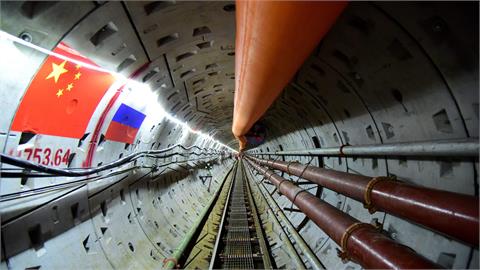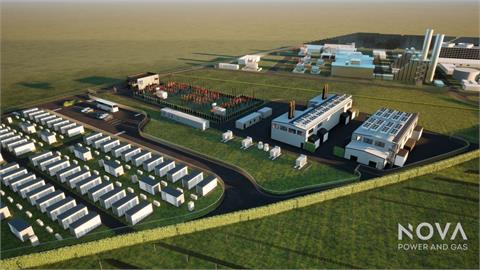by Blake Matich* Ruchi Gupta is a research fellow at the University of Geneva’s Institute for Environmental Sciences. She focuses on how flexibility options, such as sector coupling with hydrogen production, can support renewable energy integration and decarbonize a wide range of sectors.
pv magazine: Your research focuses on the different flexibility options to support the integration of renewable energy. How important is the development of green hydrogen for the energy transition?
Ruchi Gupta: Yes, my research focuses on different flexibility options such as energy storage technologies, grid reinforcement and sector coupling, among others, to support the integration of renewable energy and other low-carbon technologies. Renewable electricity allows the decarbonization of the power sector. However, the decarbonization of other hard-to-abate sectors, such as carbon-intensive industries and long-distance transport, still remains a big challenge. This is where sector coupling – i.e., production of green hydrogen through surplus renewable electricity by electrolysis – can play an important role in achieving the net-zero target.
You’re currently working on assessing the potential of green hydrogen in Switzerland using GIS. Can you talk more about the project?
The project on assessing the potential of green hydrogen in Switzerland is a collaborative project of the University of Geneva (UNIGE) and the Swiss Federal Laboratories for Materials Science and Technology (EMPA). In this project, we developed a detailed spatio-temporal assessment model to assess the techno-economic potential of power to gas plants (PtG) by evaluating their levelized cost of energy and value, considering their proximity to the different supply and demand centres. We also analyzed various deployment strategies and set cost improvement targets to inform investors, project developers and policymakers about optimal locations or hotspots for the placement of PtG plants.
What’s the biggest obstacle to green hydrogen development in Switzerland?
I think one of the biggest obstacles to green hydrogen development in Switzerland is the cost of solar and wind electricity, since solar installations are limited to rooftops (due to the high land costs) and wind energy faces limited public acceptance. The cost levels in Switzerland are in general higher compared to other countries due to the higher labour costs. For example, the total installation cost of residential PV in Switzerland is almost double compared to India. Other driving factors for the high costs of renewable energy in Switzerland are the long duration of proceedings as well as demanding requirements for the environmental impact assessment.
* Blake is a writer and journalist with international experience covering politics, culture, the arts and most recently the solar PV industry. From Sydney, Blake is currently pursuing a Master of Arts in Berlin.
(to view the entire article, please visit pv-magazine.com)




